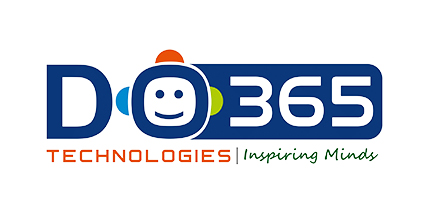In today’s digital world, a well-crafted website is a business’s virtual storefront, serving as a crucial point of contact with potential customers. Website design and development are not merely technical processes; they are creative endeavors that blend artistry and technology to create an engaging and effective online presence.
The Role of Website Design
Website design encompasses the visual and aesthetic aspects of a website, encompassing elements such as layout, typography, color palettes, and imagery. The goal of design is to create an interface that is not only visually appealing but also user-friendly, guiding visitors effortlessly towards desired actions.
Key Principles of Effective Website Design:
- Clarity and Simplicity: A clean and uncluttered layout with a clear hierarchy of information ensures a smooth user experience and prevents overwhelming visitors.
- Visual Hierarchy: Employing visual elements effectively to guide user attention towards key areas, such as calls-to-action (CTAs) and important product information.
- Consistent Branding: Maintaining a consistent brand identity throughout the website reinforces brand recognition and establishes a cohesive brand experience.
The Role of Website Development
Website development involves the technical implementation of a website’s design, transforming the visual elements into a functional and interactive web experience. Developers utilize programming languages, frameworks, and tools to bring websites to life.
Key Aspects of Website Development:
- Front-End Development: Focuses on the user-facing elements of a website, ensuring a seamless and responsive experience across various devices.
- Back-End Development: Handles the server-side logic, database management, and data security, ensuring the website’s functionality and data integrity.
- Content Management Systems (CMS): Provide a user-friendly interface for managing website content without extensive coding knowledge, empowering non-technical users to update and maintain their websites.
The Interplay of Design and Development
Effective website design and development are not isolated processes; they work in tandem to create a cohesive and impactful online presence. Designers collaborate closely with developers to ensure that the visual design is translated accurately into a functional website.
Benefits of a Well-Designed and Developed Website:
- Enhanced User Experience: A well-designed and developed website provides a positive user experience, leading to increased engagement and longer visitor durations.
- Improved Search Engine Optimization (SEO): SEO-friendly design and development practices can boost a website’s ranking in search engine results, increasing visibility and organic traffic.
- Enhanced Brand Reputation: A professional and visually appealing website reinforces brand credibility and establishes a strong online presence.
- Increased Conversion Rates: A well-designed website can effectively guide visitors towards desired actions, leading to increased conversions and better business outcomes.
Conclusion
Website design and development are essential components of a successful online presence. By understanding the interplay of design and development, businesses can create websites that not only look great but also function effectively, attracting visitors, engaging users, and ultimately driving business growth.
Popular Post
- Data-Driven Decisions: Leveraging Analytics to Optimize Your Digital Marketing Campaigns

- Beyond Clicks: Crafting Compelling Content in the Digital Marketing Landscape

- The Power of Social Media Marketing: How to Engage, Convert, and Retain Customers

- Unlocking the Secrets of SEO: Strategies for Dominating Digital Marketing

- Web, Apps, Marketing & More: Your One-Stop Shop for Digital Domination



